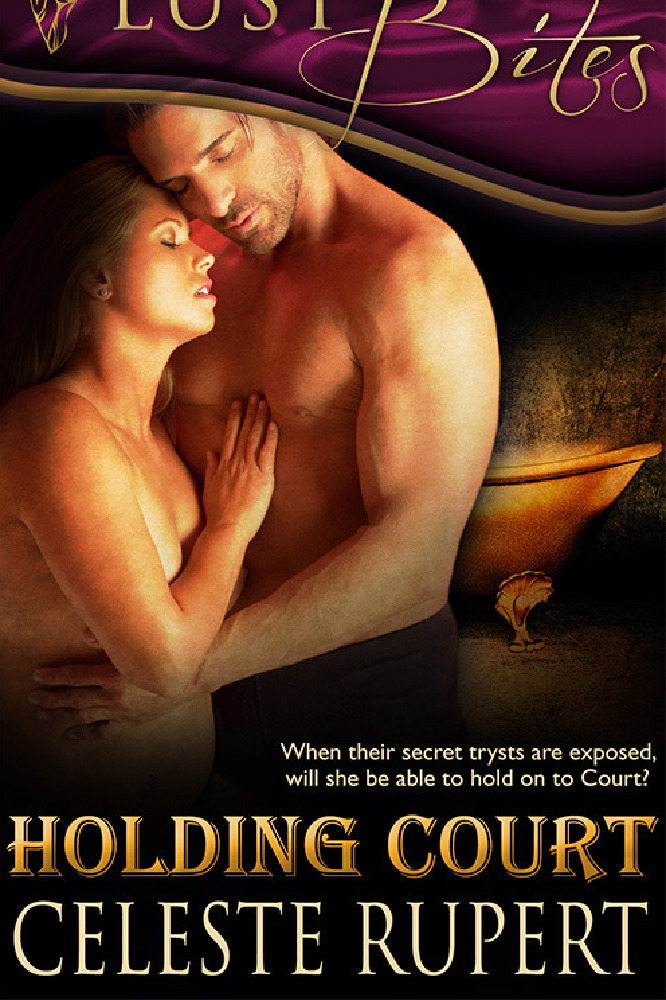These days, homesteading is a popular topic. There are many people looking to become more self-sufficient, and they're working hard to grow their own food. Growing up on a family ranch, we always did a lot of the things that are now "en vogue" like keeping chickens and growing a vegetable garden.

Holding Court
The original homesteaders were settlers moving into new land. They were given a "claim", a piece of land - usually a quarter section - and if they built a house and lived on the land for one year they could "claim" it as their own. Sounds simple, but surviving a year in a remote section of the Alberta prairie required a lot of strength, ingenuity and just plain old stubbornness. Luckily, many of the homesteaders were farming families, come from such countries as Ireland, Germany or the Ukraine, and they had some idea of how to eke out a living for themselves and their families. They had the skills and knew the trades to have marketable skills to trade with their neighbours. They were smart enough to learn the things they didn't know, and adapt to a new and often harsh climate. After they established their own homes and farms they helped their neighbours, created communities, built schools and hospitals, and eventually towns and cities.
Modern homesteaders have nothing on the original pioneers.
If a hailstorm turns a modern homesteader's garden into shredded salad it's discouraging and disappointing, but at worst it means they'll have to buy their vegetables that year.
If a hailstorm destroyed the garden of the original homesteaders, they didn't have vegetables that year.
Things that are a minor inconvenience today, could easily become life and death. It wasn't the life for everyone. My own great grandfather lasted one winter on his homestead, before he signed it over to his neighbour and headed back to the big smoke where he could use his marketable skills to get a job and save for a ranch closer to the conveniences of town. But it could have been a lot worse. On his way back to the city, his horse came up lame. He stopped over and spent a month or two with a young family, helping out on their homestead while he waited for his horse to heal so he could continue on his journey. The following year, he heard that in the depths of winter, the father had killed his wife and little girl, before turning the gun on himself.
It was a hard life, and definitely not for everyone.
My great grandmother was a school teacher. She originally taught in a one room school house. Can you imagine that? Picture attempting to manage a classroom that included every grade and level of student, even often those who were nearly the same age as the teacher. Talk about a challenge!
And then there was the living situation. Teachers in one room school houses were often just out of school themselves, and moved away from home for the first time to either billet with a strange family, or into a lonely teacherage. Again, it sounds like a very isolating life for a young person, especially when contrasted with today's world of constant connection.
In my latest book, Holding Court, the heroine is a teacher in a one room schoolhouse. She lives in a snug little teacherage across the clearing from the school, and most of the time, especially in the winter, she lives a pretty solitary life.
But Clara has a secret that keeps her warm through the worst winter storm - her relationship with the richest landowner around, the sexy and powerful Courtland Raymond. But are secret trysts enough for them? Will they risk losing what they have in the hopes of something more?

